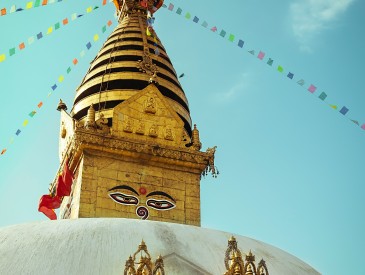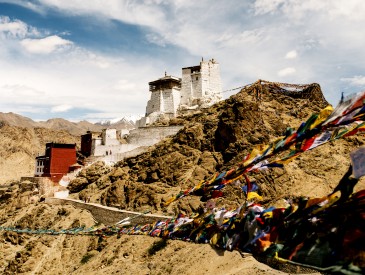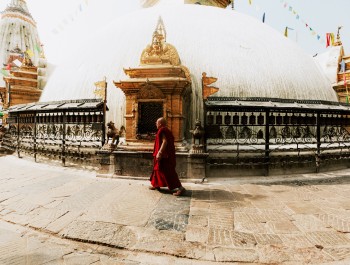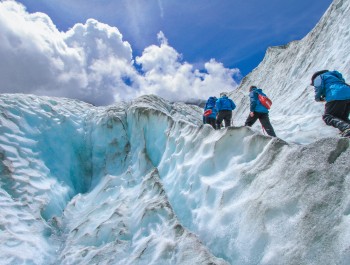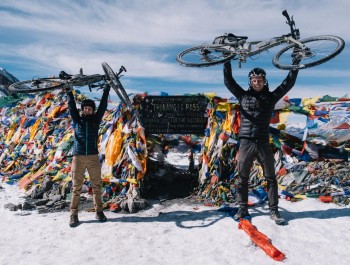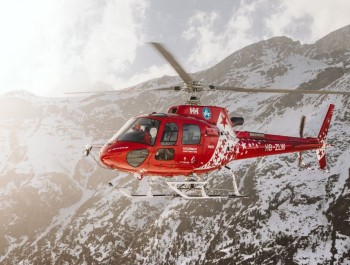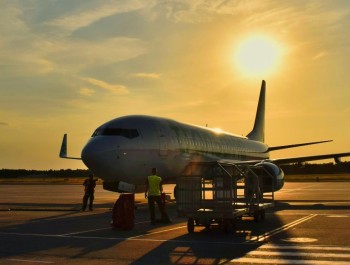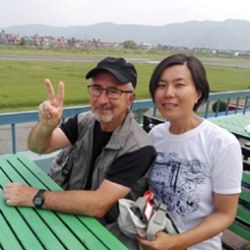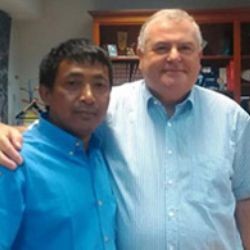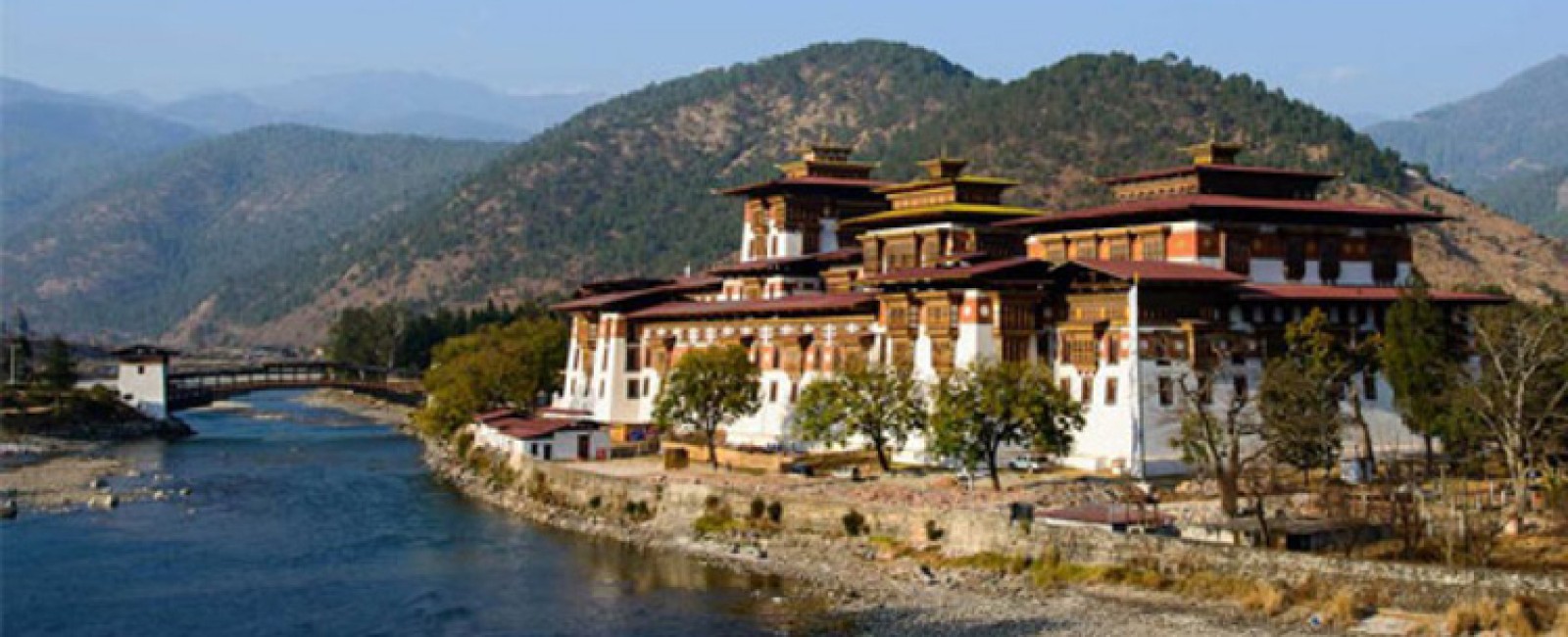
Visite de Thimphu Tshechu
Aperçu
Le Tshechu est une fête honorant Guru Padmasambhava, « celui qui est né d'une fleur de lotus ». Ce saint indien a énormément contribué à la diffusion du bouddhisme tantrique dans les régions himalayennes du Tibet, du Népal, du Bhoutan etc. vers 800 après JC. Il est le fondateur du Nyingmapa, la « vieille école » du lamaïsme qui compte encore de nombreux adeptes. La biographie de Guru est soulignée par 12 épisodes du modèle de la vie du Bouddha Shakyamuni.
Chaque épisode est commémoré tout au long de l'année le 10ème jour du mois par « le Tschechu ». Les dates et la durée des fêtes varient d'un district à l'autre mais elles ont toujours lieu aux alentours du 10ème jour du mois selon le calendrier bhoutanais.
Pendant Tshechus, les danses sont exécutées par des moines ainsi que par des laïcs. Le Tshechu est une fête religieuse et on pense qu'en y participant, on gagne des mérites. C'est aussi un rassemblement social annuel où les gens, vêtus de tous leurs plus beaux atours, se réunissent pour se réjouir. Le Thimphu Tshechu pour 1999 est prévu à déterminer.
Day 1
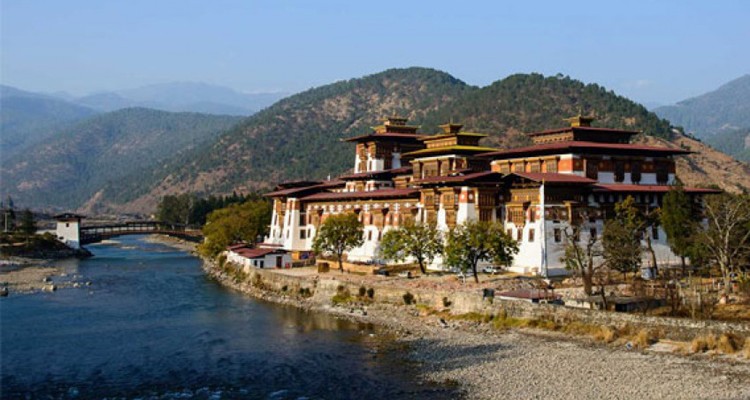 ARRIVE PARO – THIMPHU
ARRIVE PARO – THIMPHU
ARRIVE PARO – THIMPHU. The flight to Paro is one of the most spectacular mountain flights in the world, with a constantly changing panorama of some of the highest mountains on earth. Our Bhutan Image Tours & Treks representative will meet you at Paro airport exit doors following customs formalities. After lunch enjoy afternoon sightseeing around Paro, including a visit to the Ta Dzong Museum housing many religious relics, works of art and handicrafts offering a great orientation into Bhutan’s historical, cultural, and religious past. Next, visit the Rimpong Dzong to see the painting of the great saint Milarepa, considered as the master of meditation by the Bhutanese and believed to have attained enlightenment in a lifetime. Dzong’s are large monasteries and district administrative centres, which were once strategic forts. Afterwards, drive to the capital, Thimphu (1.5 hours) following the Pachu River. Before dinner at the hotel there will be an orientation on Bhutanese etiquette by your guide. Overnight at your hotel in Thimphu.
Day 2
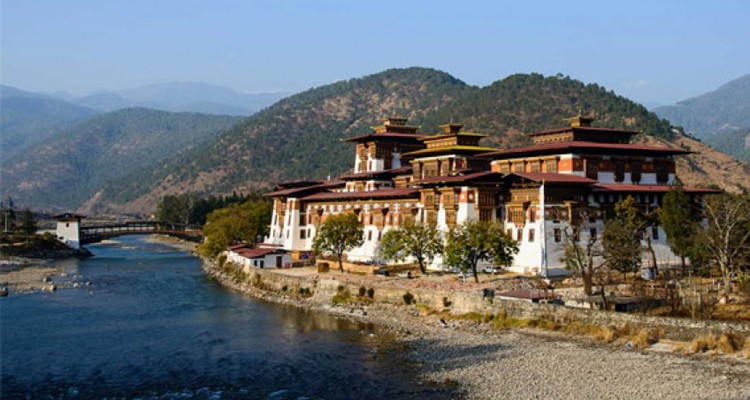 THIMPHU
THIMPHU
THIMPHU After breakfast, drive to Tashichhodzong to attend the Thimphu festival. You will see locals dressed in their finest clothes who have walked from miles around to attend the festivities. They come to watch masked dances, to pray, and to feast. While the underlying purpose of the festival is spiritual, dances are more often like plays, telling stories where good triumphs over evil, or depicting significant historical events, especially surrounding the life of Bhutan’s patron saint, Padmasambhava (also known as Guru Rinpoche). There is inevitably a great deal of socializing as well. Tashichhodzong, ‘the fortress of the glorious religion’. Initially erected in 1641 by Shabdrung Ngawang Namgyal, it was rebuilt in the 1960s during the reign of Bhutan’s third king in the traditional style, without plans or nails. Tashichhodzong houses some ministries, His Majesty’s secretariat, and the central monk body. Overnight at your hotel in Thimphu.
Day 3
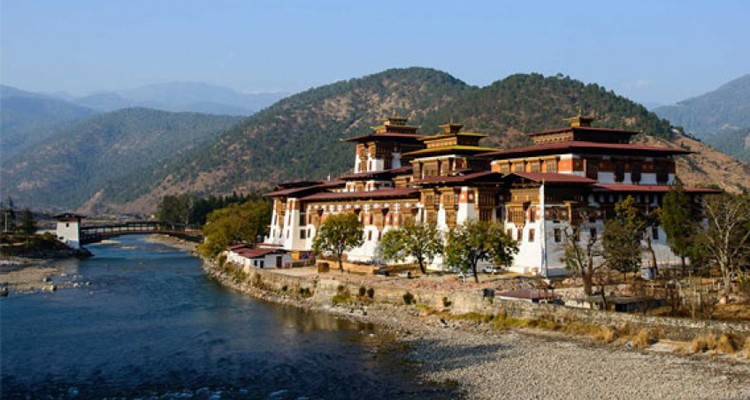 THIMPHU
THIMPHU
THIMPHU Enjoy a morning of sightseeing, including a visit to 12th century Changangkha Temple, and the National Memorial Chorten depicting the Buddhist faith in the form of paintings and statues. This temple was first initiated by the Third King as a protection from the negative elements of modernization, and as a monument to world peace. The Royal Queen Mother completed it as a memorial stupa for the Third King who passed away in 1972. In the afternoon return to Tashichhodzong to further experience the colorful events of the Thimphu festival. Overnight at your hotel in Thimphu.
Day 4
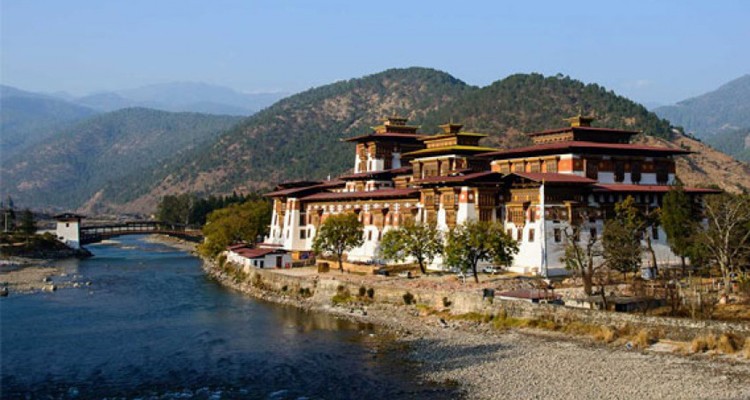 THIMPHU – PUNAKHA
THIMPHU – PUNAKHA
THIMPHU – PUNAKHA Drive over the Dochu-La pass (3,100 meters), which on a clear day offers an incredible view of Himalayan peaks before descending into balmy Punakha valley (about 3 hrs total driving time). The drive through the countryside affords a glimpse of everyday life in this most remote of Himalayan kingdoms. In the Dochu-La area there are vast Rhododendron forests that grow to tree size and bloom in late April/early May covering the mountains in a riot of glorious spring colour. Punakha was the ancient capital of Bhutan. On arrival, visit Punakha Dzong, the “Palace of Great Happiness” built in 1637 by the Shabdrung, the ‘Unifier of Bhutan’. It is situated at the confluence of the Mo Chu and Pho Chu (Mother and Father Rivers) and is the winter headquarters of the Je Khenpo and hundreds of monks who move in masses from Thimphu to this warmer location. The three story main temple of the Punakha Dzong is a breathtaking example of traditional architecture with four intricately embossed entrance pillars crafted from cypress and decorated in gold and silver. It was here in 1907 that Bhutan’s first king was crowned. After lunch, enjoy a walk to Chimi Lhakhang, temple of the Drukpa Kuenly who is also known as the Divine Madman. He inherited the Divine Madman title since he revolted against the orthodox Buddhism in his time. He taught the people that religion is an inner feeling and it’s not necessary that one should be an ordained monk. He is also considered a symbol of fertility and most childless couples go to his temple for blessing. Overnight at your hotel in Punakha/ Wangduephodrang.
Day 5
 PUNAKHA – THIMPHU – PARO
PUNAKHA – THIMPHU – PARO
PUNAKHA – THIMPHU – PARO. In the morning drive to Yabesa village and hike to through ricefields and up to Khamsum Yueley Namgyal Chorten, built by her majesty the queen Ashi Tshering Yangdon Wangchuk. Perched high on a hill on the bank of the river, the Chorten houses paintings belonging to Nyingmapa Traditions. Drive back to Thimphu where you will visit The National Library housing the collection of Bhutanese scriptures dating back to the 8th century and a fascinating replica of a medieval farmhouse at the Folk Heritage Museum. You will also have an opportunity to visit handicraft and souvenir stores. If your visit to Thimphu coincides with the weekend, you can walk through the Thimphu Market to see the variety of food of Bhutan, including basket upon basket of fiery chilies, fresh cheese and a variety of fresh greens. In addition, many stalls contain Bhutanese handicrafts and household items. Afterwards proceed to Paro, On arrival in Paro, check into the hotel. Overnight at your hotel in Paro.
Day 6
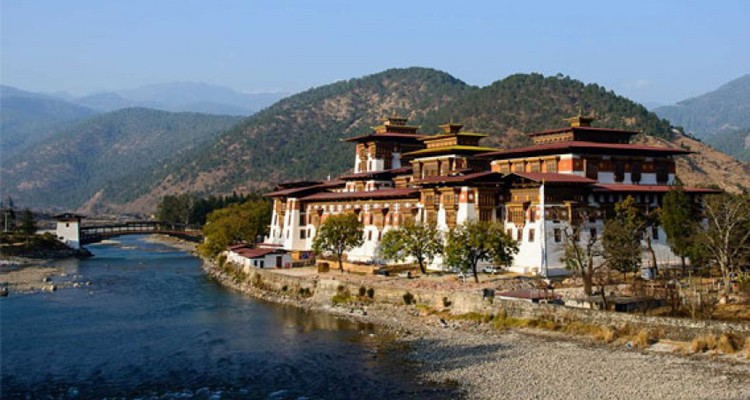 PARO After breakfast hike to Taktsang Monastery
PARO After breakfast hike to Taktsang Monastery
PARO. After breakfast hike to Taktsang Monastery. The trail is broad and the walk of approximately 2 hours uphill takes you almost a kilometer above the Paro valley floor (for those who cannot hike we will arrange a horse for transfer up to the viewing point). The view of Taktsang Monastery built on a sheer cliff face 900 meters above the valley floor is a spectacular sight. The Monastery is also an important pilgrim site for the Buddhists. The great Guru Rimpoche is said to have flown here on the back of a tigress when he brought the teachings of the Buddhist Dharma to Bhutan in the 8th Century. He then mediated in a cave there for three months where the monastery was later built. Nearby there is a teahouse where you can stop for refreshments. In the afternoon drive to the ruins of the 17th Century Drukgyel Dzong, an historic monument built by the Shabdrung to commemorate his victory against invading Tibetans in 1644. In fine weather the towering peak of the sacred Mount Jomolhari (7314m) appears as a stunning backdrop. On the return drive to Paro, visit 7th Century Kyichu Lhakhang, one of the 108 temples constructed by the Tibetan king Songtsen Gampo. Alternatively, day 6 could be spent on a day trip to the Haa Valley, one of the most picturesque districts in Bhutan. Reached via the beautiful Chelila Pass, Haa Valley is characterized by its surrounding rugged and mountainous terrain. Overnight at your hotel in Paro.
Day 7
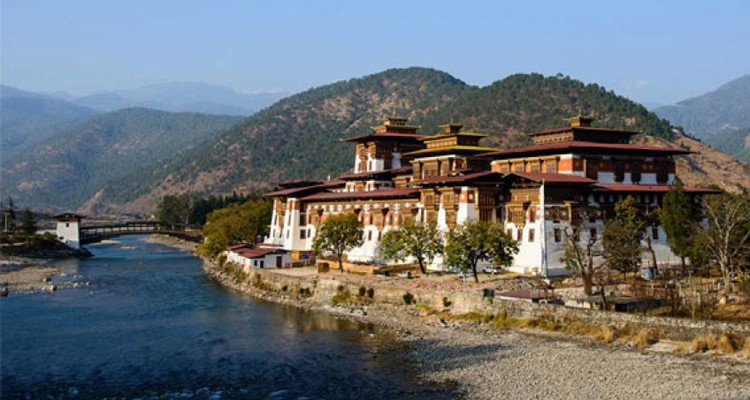 DEPART PARO
DEPART PARO
DEPART PARO. Breakfast in the hotel, then drive to the airport for flight to your onward destination. Tashi Delek!
Le Prix Ne Comprend Pas
- Billet d'avion KTMPARO-KTM par Druk Air (classe économique)
- Frais de visa pour le Bhoutan, frais de développement touristique
- Taxe d'aéroport au Bhoutan
- Prise en charge et retour à l'aéroport
- Hébergement à l'hôtel selon l'itinéraire cidessus
- Service d'un guide agréé et formé
- Tous les repas et boissons chaudes
- Transport local selon l'itinéraire cidessus
- Permis d’entrée dans les parcs nationaux/zones de conservation
- Tous les documents nécessaires permettent (le cas échéant)
- Coordination d'un service de secours rapide en cas d'urgence (coût couvert par votre assurance)
Le Prix Comprend
- Billet d'avion vers/depuis Paro, Bhoutan (les billets sont organisés sur demande).
- Objets à caractère personnel (effets personnels, appels téléphoniques, boissons, internet, blanchisserie, etc.).
- Assurance annulation de voyage et assurance médicale/évacuation.
- Assurance voyage Frais d'excédent de bagages si plus de 20 kg et sac à main plus de 5 kg
- Frais de sauvetage (en cas d'urgence)
- Dépenses de nature personnelle
- Pourboires pour le guide et le chauffeur
7 Days
Validate to 11 22, 2023
Visite de Thimphu Tshechu
Choisissez une date prévue ou contactez-nous pour mettre en place des dates privées ou un itinéraire sur mesure. Le dépôt minimum est de 100$ et le solde est dû six semaines avant le voyage.
Intéressé ? Téléchargez ce pdf et lisez-le plus tard
Forfait associé services
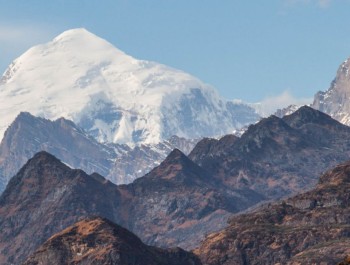
Trek du camp de base de Chomolhari
Chomolhari Base Camp Trek Druk Yul, ou "Terre du Dragon Tonnerre," est le royaume de l'...
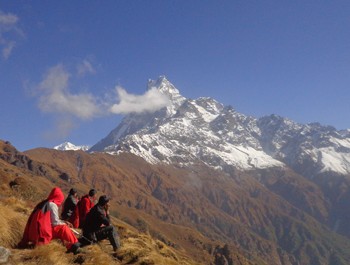
Mardi Himal Ascension
Mardi Himal peak est très peu de envahi par les touristes dans Annapurna région. Peut-...

Tour du Taj Mahal
TAJ MAHAL: - Tu es au repos Retour au Seigneur, en paix avec lui-même et en paix avec toi. Ve...
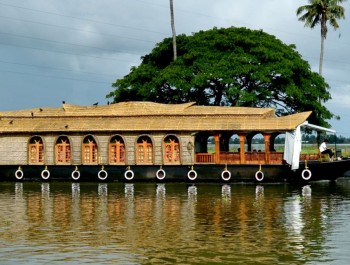
Kerala Backwater Tour Packages
Ndia est un grand pays d'Asie du Sud. C'est le septième plus grand pays par zone g&ea...
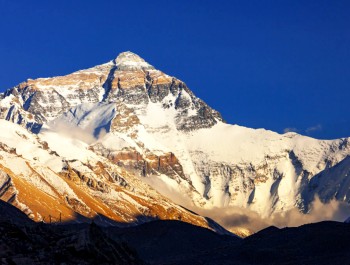
Mt. Everest Expedition (De North Side Tibet)
Sommet Everest de North Side. Ce sera l'occasion de monter à 8848m sur le mont Everest...

Kanchenjunga Expedition
Kanchanjunga (8596m) dans la gamme extrême nord-ouest du Népal est aligné nord a...

Expédition Manaslu
Le mont Manaslu, le huitième plus haut sommet du monde, élevé à 8 163 m...


